Fetal intervention to improve population quality in the low birth rate era
At the 2025 Annual Scientific Conference recently organized by the TAMRI Institute, MSc. Dr. Dinh Anh Tuan, Director of the Department of Mothers and Children, Ministry of Health affirmed that early detection and timely intervention of fetal abnormalities not only helps children to be born healthy and develop comprehensively but also contributes to reducing the burden of health and society and meeting the requirements of sustainable national development in the context of the birth rate falling to only 1.91 children/woman, lower than the replacement birth rate.
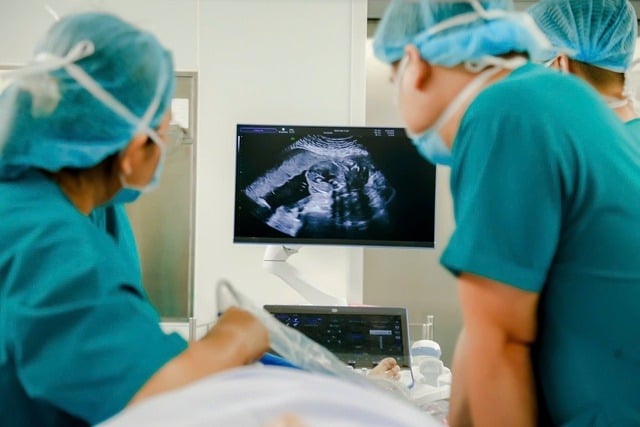 |
| Illustration photo. |
Every year, Vietnam records about 40,000 children with congenital malformations, including serious diseases such as spinal muscular atrophy, thalassemia, Down syndrome and many other genetic disorders, which greatly affect the physical and mental health of children and increase the economic burden on families as well as the health system.
According to Mr. Tuan, in addition to policies to encourage childbirth, an indispensable solution is to strengthen the capacity of fetal medicine, including screening, diagnosis and prenatal intervention. Currently, many hospitals in Vietnam have invested heavily in this field, with modern equipment and a team of well-trained experts.
In particular, Resolution 72 of the Politburo clearly stated the orientation to encourage people to proactively access pre-marital health examination services, prenatal and newborn screening as part of the strategy to improve population quality.
MSc. Ha To Nguyen, Vice President of the Vietnam Ultrasound Association, Director of the Center for Fetal Medicine, said that the field of prenatal diagnosis and intervention in Vietnam is developing very rapidly, catching up with international standards.
Thanks to the modern 4D ultrasound system, MRI and advanced molecular genetic technology, doctors can detect many fetal abnormalities and pregnancy complications very early, thereby building a monitoring regimen or performing intervention techniques right in the womb such as laser surgery to treat twin-to-twin transfusion syndrome, fetal blood transfusion, shunt placement to resolve urinary tract obstruction or fetal heart intervention...
At the Conference, many leading international experts in the field of fetal medicine highly appreciated Vietnam's development potential. Prof. Steven Shaw, Head of Obstetrics and Gynecology, Chang Gung Memorial Hospital (Taiwan) emphasized the importance of building a systematic screening process from the first trimester of pregnancy combined with detailed morphological ultrasound in the second trimester, helping to detect about 80% of fetal abnormalities if performed correctly and completely.
Prof. Luming Sun, China's leading fetal intervention expert, said that the biggest challenge of fetal intervention techniques today is the risk of premature birth and early rupture of membranes, especially in cases of twins or complex pathologies, so the future trend will be to develop less invasive methods, apply robotic technology and specialized equipment to minimize risks and optimize fetal safety.
Professor Sun Chen, Director of the Pediatric Cardiology Center, Xinhua Hospital - the first person to successfully perform fetal cardiac interventions in China, emphasized that these techniques require close coordination between Fetal Medicine, Obstetrics, Cardiology and Pediatrics to ensure success in treating severe congenital heart defects from the fetal stage.
Professor Steven Shaw said that Vietnam can absolutely become a medical destination in this field, and expects there will be more international cooperation to share experiences, transfer technology and train high-quality human resources in the future.
In the context of a sharp decline in birth rates, investing in fetal medicine is not only a medical step forward but also a fundamental strategy to help improve population quality, ensuring the country's sustainable development in the coming decades.
Vietnamese people get esophageal cancer at a younger age than many other countries.
The rate of Vietnamese people under 50 years old with esophageal cancer is 6-8 times higher than in China and South Korea and nearly double that in Thailand and the Philippines.
This is an alarming reality about the trend of cancer rejuvenation, especially related to the lifestyle and living habits of Vietnamese people today.
GLOBOCAN 2022 data analysis shows that in Vietnam, up to 16.2% of esophageal cancer patients are under the age of 50. This rate is much higher than that of countries in the region such as China (2.6%), South Korea (3.3%), Thailand (9.4%) and the Philippines (9.7%).
The rates were calculated based on the percentage of esophageal cancer cases in people under 50 years of age out of the total number of patients with this disease in each country. The study size corresponding to the number of patients was: 3,690 cases in Vietnam, 224,000 cases in China, 2,390 cases in Korea, 3,290 cases in Thailand and 1,440 cases in the Philippines.
Global records show that esophageal cancer mainly occurs in people over 70 years old. However, in Vietnam, the average age of patients is about 60 years old, showing a shift in disease trends towards younger age groups. The International Agency for Research on Cancer (IARC) also warned that from 2022 to 2050, the rate of esophageal cancer in young Vietnamese people will continue to increase.
In Ho Chi Minh City, a population study conducted by Associate Professor, Dr. Pham Hung Cuong, Deputy Director of Tam Anh General Hospital, Ho Chi Minh City, showed that between 2003 and 2016, the city recorded 1,384 new cases of esophageal cancer. Of these, patients under 50 years old accounted for 15.3%. Although the data is from more than 10 years ago, this is the first population study on esophageal cancer in Ho Chi Minh City and reflects the current situation.
Compared with data from GLOBOCAN, this study shows similarities, reinforcing the view that the rate of esophageal cancer in young people in Vietnam is very high.
According to People's Physician, Dr. Pham Xuan Dung, former Director of Ho Chi Minh City Oncology Hospital, currently Director of the Oncology Center of Tam Anh General Hospital, Ho Chi Minh City, these figures are an important basis for experts to continue researching and developing strategies for screening, prevention, early detection and more effective treatment of esophageal cancer.
For young people, doctors recommend regular health check-ups or immediate medical examination if there are suspicious signs such as difficulty swallowing, unexplained weight loss, chest pain or a feeling of obstruction when swallowing.
Although the specific cause of the higher rate of esophageal cancer in young Vietnamese people compared to other countries has not been determined, according to Associate Professor, Dr. Hung Cuong, most cases of esophageal cancer in Vietnam are squamous cell carcinoma, a type of cancer closely related to the habit of using alcohol and tobacco.
People who regularly consume alcoholic beverages, especially strong alcohol, over a long period of time are at high risk of esophageal cancer. According to the World Health Organization (WHO), Vietnamese people's alcohol and beer consumption is high compared to other Asian countries, with each person over 15 years old consuming an average of 9.3 liters of pure alcohol per year.
Vietnam currently has about 16 million adult smokers. Cigarettes contain more than 60 toxic substances such as formaldehyde, arsenic, benzene, radioactive substances, etc. These substances weaken the immune system and can cause gene mutations, leading to cancer. In particular, when smokers combine smoking with drinking alcohol, the risk of esophageal cancer increases many times over.
In addition, a number of other factors also increase the risk of this disease, including: a diet low in green vegetables and fruits; the habit of eating fried foods, grilled at high temperatures; or regularly consuming foods high in fat. These habits can easily damage the esophageal mucosa, and in the long term can lead to cell mutations.
Diseases such as gastroesophageal reflux, Barrett's esophagus, atrophic gastritis, achalasia... are also recognized as risk factors. Chronic damage to the esophagus can change the cell structure, increasing the possibility of developing cancer. In addition, being overweight and obese are also high risk factors, because they increase reflux, thereby adversely affecting the esophagus.
Faced with this situation, experts recommend strengthening communication and community education about the risk of esophageal cancer in young people, while promoting screening, early detection and timely intervention to protect public health and reduce the burden of disease in the future.
Female patient with giant goiter compressing neck area, surgery postponed many times
The Central Endocrinology Hospital has just received and treated a 41-year-old female patient from Phu Tho with a giant goiter, causing severe pressure on the neck area, greatly affecting daily activities and quality of life.
Patient BTN was diagnosed with Basedow's disease, a typical autoimmune disease of the thyroid gland, in 2019. For many years, the patient has been periodically treated with antithyroid drugs at the Central Endocrinology Hospital.
However, recently, the neck has become enlarged rapidly, the goiter has grown to an abnormally large size, causing difficulty swallowing, difficulty breathing, insomnia and affecting aesthetics.
Test results showed that the patient's thyroid hormone was in a euthyroid state, but the concentration of TRAb and Anti-TPO antibodies in the serum was high. Ultrasound images showed that the thyroid gland had a very large volume, irregular parenchyma, contained many cysts and was difficult to determine the exact size because it was beyond the normal ultrasound frame.
According to Dr. Le Thi Viet Ha, Head of the Department of Thyroid Pathology, Central Endocrinology Hospital, this is a typical case showing the complexity in treating thyroid diseases, especially when the goiter grows too large, causing compression of the neck organs.
The patient had been consulted for surgery many times but could not proceed due to the tumor's strong vascular proliferation, making pre-operative conditions unsafe. Currently, after a stable medical treatment, the patient expressed his wish to have surgery to remove the tumor, improve respiratory function and daily activities.
Through this case, Dr. Le Thi Viet Ha recommends that people should proactively go for a check-up when there are abnormal signs in the neck area such as rapid neck enlargement, feeling of difficulty swallowing, difficulty breathing, prolonged hoarseness or symptoms of hyperthyroidism or hypothyroidism. Early detection and proper treatment are important keys to help patients avoid dangerous complications and improve their quality of life.
“Early detection, standard treatment, modern techniques” is the message emphasized by doctors in the treatment of thyroid diseases today.
Bringing Mid-Autumn Festival love to thousands of children at the National Children's Hospital
Every Mid-Autumn Festival, children being treated at the National Children's Hospital are welcomed with a warm, family atmosphere despite being far away from their families.
This year, the program "Mid-Autumn Festival of Love" continues to bring joy, gifts and many meaningful activities to more than 2,000 sick children and their relatives, helping them have a special and meaningful Mid-Autumn Festival right in the hospital.
In Hanoi, the National Children's Hospital is a place where many children are examined and treated, with the number of children being examined and treated every day reaching 4,000-5,000 outpatients and about 2,000 inpatients. To help ease the pain of illness and create a joyful atmosphere for the children, the hospital cooperated with philanthropists to organize the program "Mid-Autumn Festival of Love".
Dr. Hoang Minh Phuong, Deputy Director of the Hospital, said that this is an annual activity to bring warmth and joy to sick children who cannot return home with their families during the Tet holiday.
This year, the Organizing Committee has carefully prepared more than 44 free fair booths with many gifts such as toys, teddy bears, moon cakes, lanterns and milk, along with a creative play area for children with folk games, painting statues, and making moon lanterns.
Before that, on October 1, children and their families also enjoyed special art performances such as music, magic, circus, etc., creating a bustling, vibrant atmosphere.
The hospital's Social Work Department also connected with benefactors to decorate 12 Mid-Autumn Festival trays in the departments, helping children fully experience the Mid-Autumn Festival atmosphere right in the hospital. The program also distributed more than 2,300 free gift vouchers from 40 booths, and supported hospital fees, medicine and meals for children in difficult circumstances.
From September 15 to October 3, the Social Work Department received and provided support worth more than VND 1.6 billion to nearly 600 child patients; gave 1,692 lucky money packets, nearly 6,000 rice porridge meals and more than 8,400 gifts to the hospital rooms, bringing joy to each child.
According to Dr. Hoang Minh Phuong, volunteer activities like this not only help children feel less stressed and happier, but also contribute to improving treatment effectiveness thanks to better cooperation between patients and doctors.
The total estimated cost of organizing this year's "Mid-Autumn Festival of Love" program is about 2.1 billion VND, including gifts, exhibits, and art and entertainment activities.
Source: https://baodautu.vn/tin-moi-y-te-ngay-510-nang-cao-chat-luong-dan-so-trong-ky-nguyen-sinh-thap-d402416.html


![[Photo] Dan Mountain Ginseng, a precious gift from nature to Kinh Bac land](/_next/image?url=https%3A%2F%2Fvphoto.vietnam.vn%2Fthumb%2F1200x675%2Fvietnam%2Fresource%2FIMAGE%2F2025%2F11%2F30%2F1764493588163_ndo_br_anh-longform-jpg.webp&w=3840&q=75)











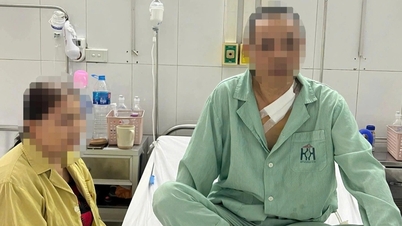





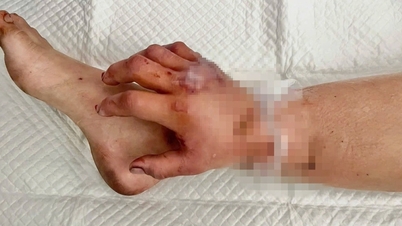
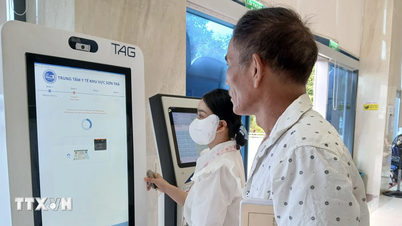


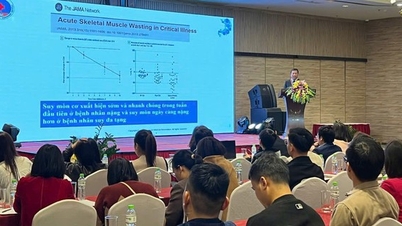
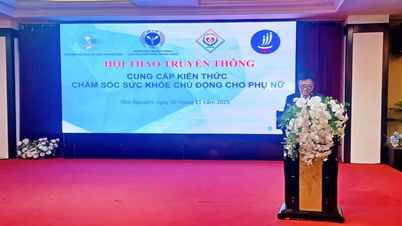





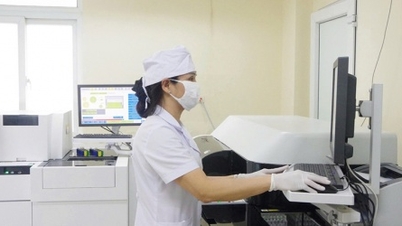







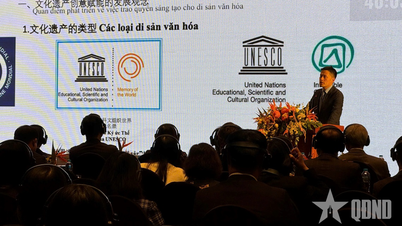

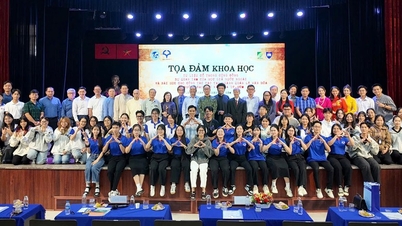








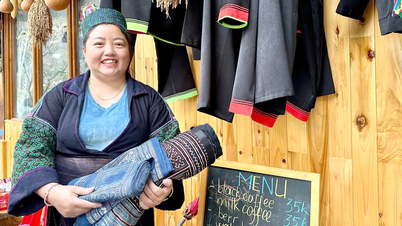


















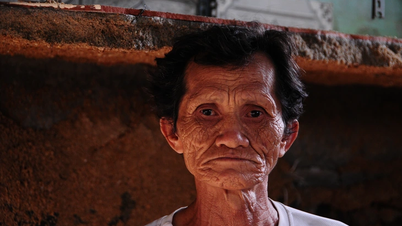











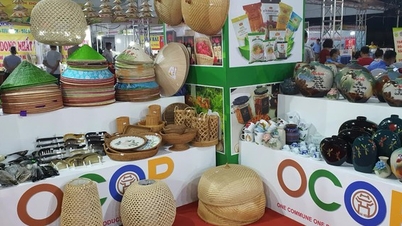

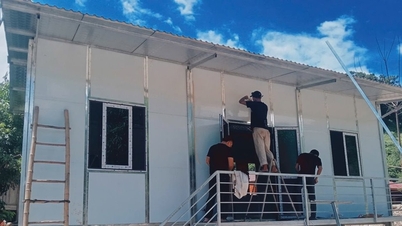





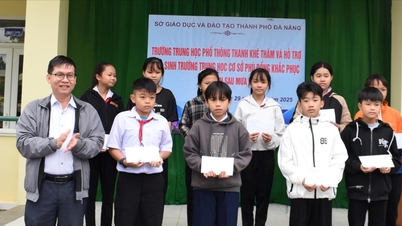
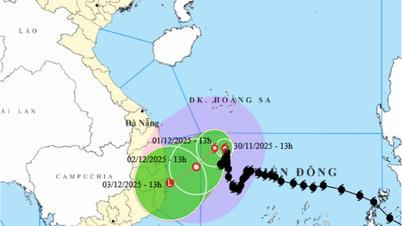















Comment (0)